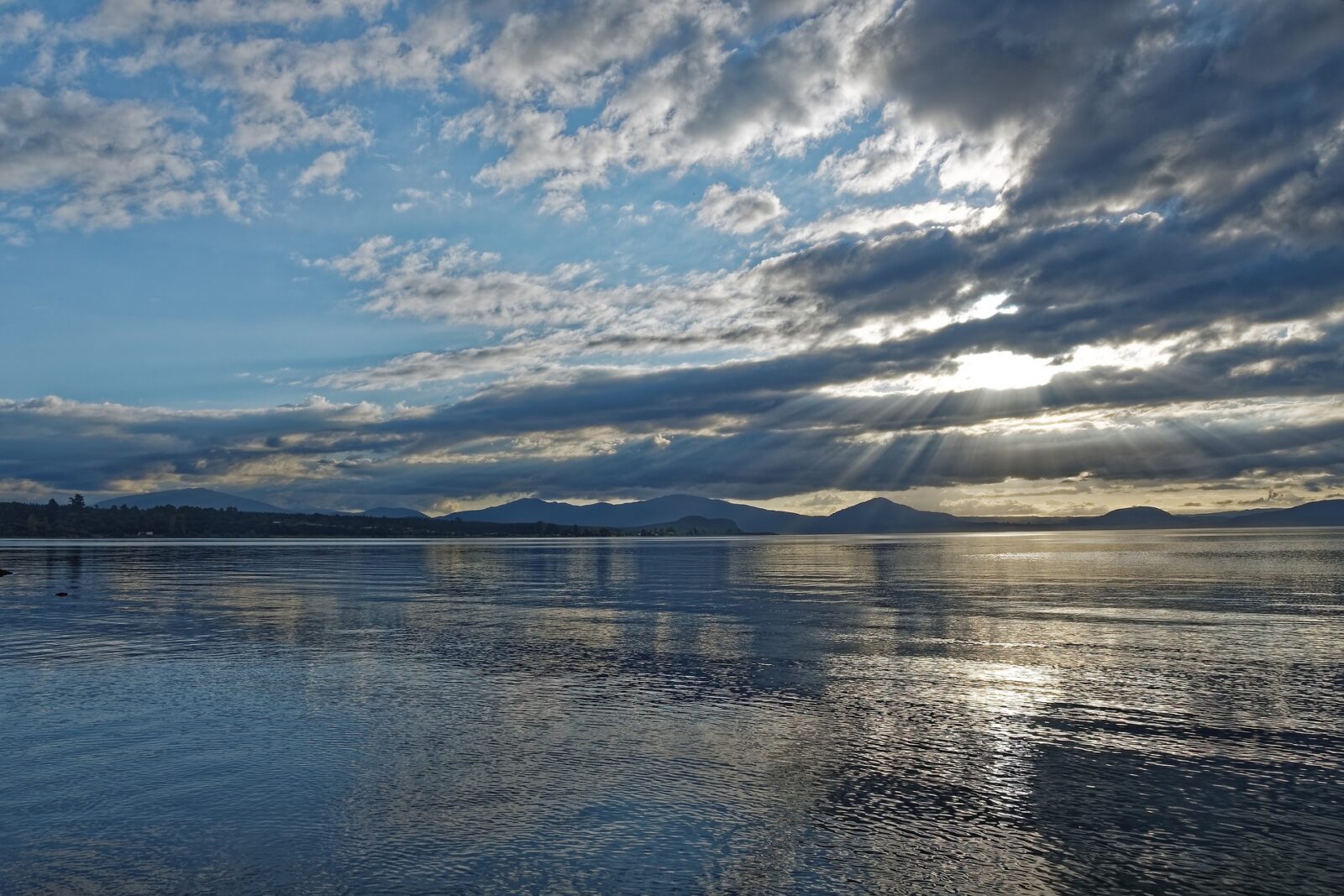According to a recent study in the New Zealand Journal of Geology and Geophysics, geological tensions are developing under the surface Lake Taupo’s sky-blue waters. One of New Zealand’s most popular tourist attractions is Lake Taupo, the biggest freshwater lake in Australasia. And, despite the fact that it is serene now, the lake has a turbulent past.
The Oruanui eruption, which occurred 25,400 years ago, created an ancient caldera, which translates as “cauldron” or “boiling pot” in Spanish. This caldera is where the lake is located. An event like the Oruanui eruption causes the Earth’s surface to descend, and the terrain is permanently altered into a caldera as a result of a supervolcano eruption.
25 eruptions of the Taupo volcano have occurred in the previous 12,000 years. 232 AD was “one of Earth’s most powerful eruptions in recorded periods,” according to the authors of a new report. At least four known “episodes of disturbance” have taken place, resulting in devastating earthquakes and large ground subsidence in 1922.
Detailed investigation
A total of 22 locations surrounding and all around the lake have been investigated by researchers for up to 42 years in order to better understand the supervolcano’s more recent episodes of unrest. We can see that the supervolcano is still alive and well. These gauges are calibrated to lessen the influence of waves, and many measurements are performed for each data point to find degrees of fluctuation and outliers. There is a backup gauge put on every site in case the primary gauge is disrupted for any reason.
At the start of the experiment, just six sites had manual gauges set up to record measurements. As of August 1982, eight additional stations had been installed, and the importance of these measurements started to emerge during this time period. In the beginning of 1983, the system noticed an increase or decrease at several locations. Swarming of seismic activity soon followed, leading in multiple faults being ruptured, which drove the central Kaiapo fault band down and raised the lake’s southern edge. There have been seven discrete instances of disturbance during the previous 35 years, all beginning with the 1983 earthquake swarms. Routine surveys began in 1986, with new sensors and additional observations in the aftermath of earthquakes, resulting in a strong dataset that has only grown more comprehensive over the years. The lake’s north-eastern end rose during times of geological upheaval, while the lake bed in the fault belt’s core sunk, and the lake’s southern end saw some slight subsidence, according to the authors.
Volcanologists believe that the volcano’s northeastern side, which features the newest vents, is more prone to be pushed higher by the flow of hot magma. Tectonic expansion of a rift, deep magma cooling, or both may be to blame for the sinking center of the Taupo fault and the depression at the lake’s southern end.












Leave a Reply